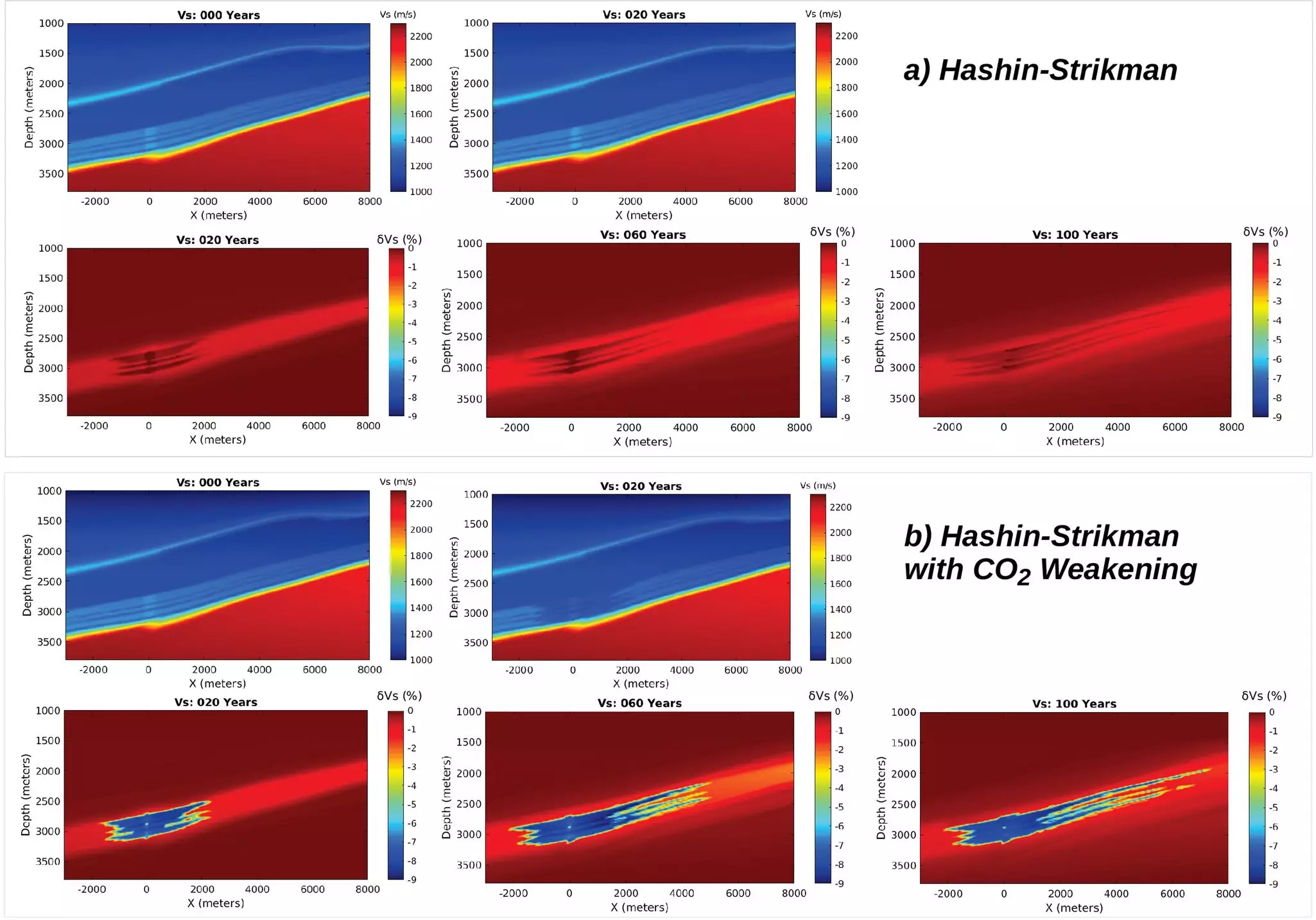In the fight against climate change, the implications of carbon dioxide (CO2) emissions have become an increasingly pressing concern. Geologic carbon storage has surfaced as a promising solution to mitigate the adverse effects of greenhouse gases. This intricate process involves burying CO2 deep underground in designated storage sites for long-term containment. However, the reliability of this method hinges on our understanding of how CO2 interacts with geological formations. Recent developments from Los Alamos National Laboratory have unveiled a more sophisticated rock physics model that promises to enhance the reliability of monitoring systems used in these geologic reservoirs, thereby significantly boosting our ability to manage and mitigate CO2 emissions.
Understanding the New Rock Physics Model
Traditionally, the monitoring of CO2 in storage sites has relied on established methods such as the Biot-Gassmann equation. This model serves as a theoretical framework to describe rock elasticity when saturated with fluids, in this case, CO2. However, researchers like Lianjie Huang and Neala Creasy have identified critical limitations within this methodology. The Biot-Gassmann equation does not adequately account for the nonlinear stress responses and the chemical reactions that might weaken the structural integrity of the surrounding rock. As CO2 interacts with the materials over extended periods, its presence influences the rock’s bulk and shear moduli in ways that are beyond the predictive capacity of traditional models, leading to potential inaccuracies.
The new rock physics model developed by the Los Alamos team improves upon these shortcomings. By considering the complex nature of CO2-rock interactions, scientists are able to paint a more comprehensive picture of the elastic behavior of rocks in response to CO2 saturation. This is crucial because capturing and storing CO2 is fundamentally linked to our capacity for precise monitoring and risk assessment—two components that are vital for maintaining environmental safety.
Implications for Environmental Safety and Monitoring
The implications of this enhanced understanding are profound. As we continue to grapple with the global climate crisis, ensuring that CO2 sequestration processes are tightly monitored and managed is essential for public trust and environmental safety. Undetected leaks in CO2 storage facilities could pose environmental hazards, with consequences that extend from local ecosystems to global atmospheric balance. With the ability to more accurately model how CO2 behaves within geological formations, scientists can better anticipate potential leak points and enact preventive measures.
The introduction of this new rock physics model not only shows improved accuracy in predicting elastic changes in rock properties but also facilitates advanced predictive modeling of CO2 migration in subsurface environments. By providing actionable data on the changes occurring within storage sites, researchers can more effectively quantify the CO2 that remains securely locked away, thereby enhancing the credibility of carbon capture and storage programs.
Transforming Seismic Monitoring Techniques
Beyond immediate applications, the new rock physics model carries the potential for transforming seismic monitoring techniques. Current methods often fail to capture the subtleties of CO2-rock interactions, leading to oversights that could jeopardize the effectiveness of carbon storage initiatives. By employing a more robust analytical framework, researchers can utilize seismic data more effectively, allowing for the construction of detailed models that depict CO2 pathways and changes within underground reservoirs.
In essence, the advancements made by the Los Alamos National Laboratory are more than just incremental improvements—they represent a paradigm shift in our approach to geologic carbon storage. The enhanced model serves as a beacon of hope, indicating that with the right tools and perspectives, we can devise effective strategies for addressing one of the central challenges in our fight against climate change.
While avoiding a formal conclusion, it is important to recognize the fundamental shift this research signifies in the realm of environmental science and carbon management. By recognizing and addressing the limitations of existing models, scientists are not just improving theoretical frameworks but are actively paving the way toward a more sustainable future. As society continues to evolve in its understanding of climate change dynamics, this breakthrough reinforces the critical role of innovative science in crafting practical solutions that protect both our planet and its inhabitants from the consequences of climate inaction.

